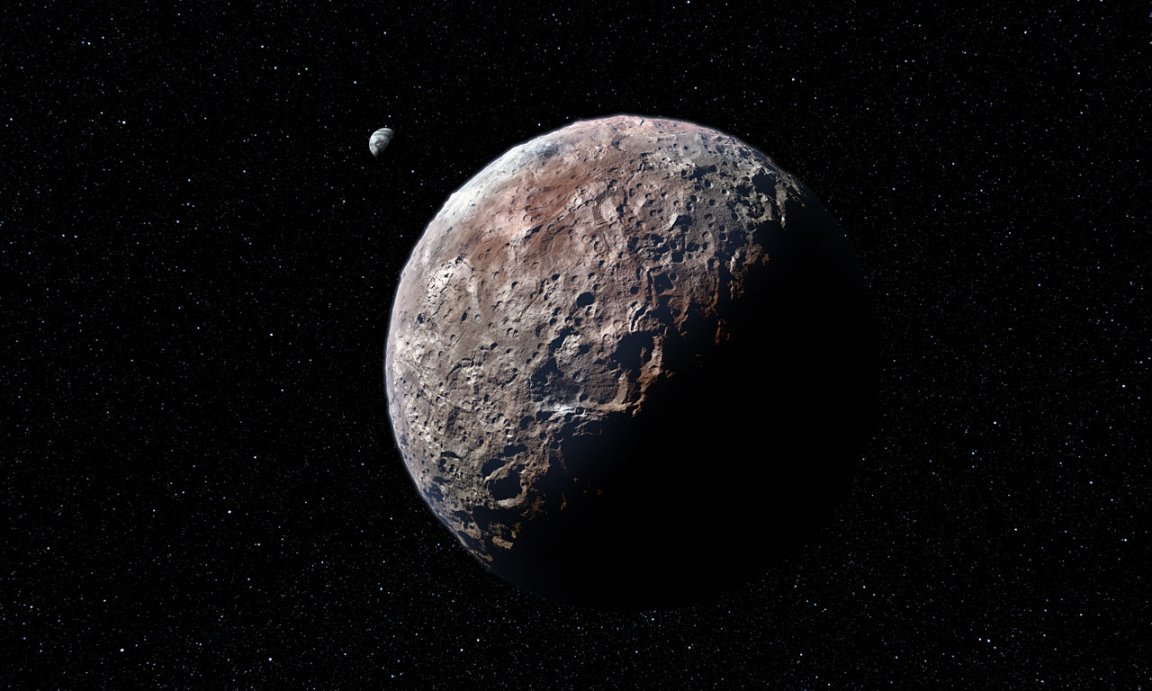
New Horizons
Launched in 2006, the aptly named NASA mission New Horizons is set on path to the edge of our solar system. Traveling faster than any spacecraft ever has (it left the Earth at 36,373 miles per hour), New Horizons has gone over 3 billion miles in space. The US is the first country to have reached every planet, Mercury to Neptune, in the solar system, by space probe. Now, we are poised to get even further.
New View of Pluto
New Horizons is quickly approaching the dwarf planet, Pluto. As it gets closer, the craft’s various imaging equipment and measurement instruments have been able to reveal new things about the dwarf planet and its system. Frozen methane was just detected and it could be primordial, coming from the nebula our entire solar system originated from 4.5 billion years ago. Researchers also just discovered a set of dark, evenly spaced spots near Pluto’s equator. Currently they don’t know what they are, but they are eager to receive more information as the craft continues with its approach.

Johns Hopkins Applied Physics Laboratory
Edge and Origin
The spacecraft will get the closest to Pluto on July 14th. This proximity will allow invaluable data to be taken on the dwarf planet’s atmosphere. The craft will continue on past Pluto and its moons into the Kuiper Belt. NASA calls that collection of mysterious icy objects a “relic of solar system formation” and the National Academy of Science has described this region as being of the highest priority for exploration in our solar system.
If the New Horizons mission is successful, the first initial reconnaissance of our entire known solar system will finally be completed and the answers of questions as to our system’s origins could be revealed.
Sources: NASA, Sci-News, Forbes, NASA Spaceflight
Images: International Astronomical Union, Johns Hopkins Applied Physics Laboratory